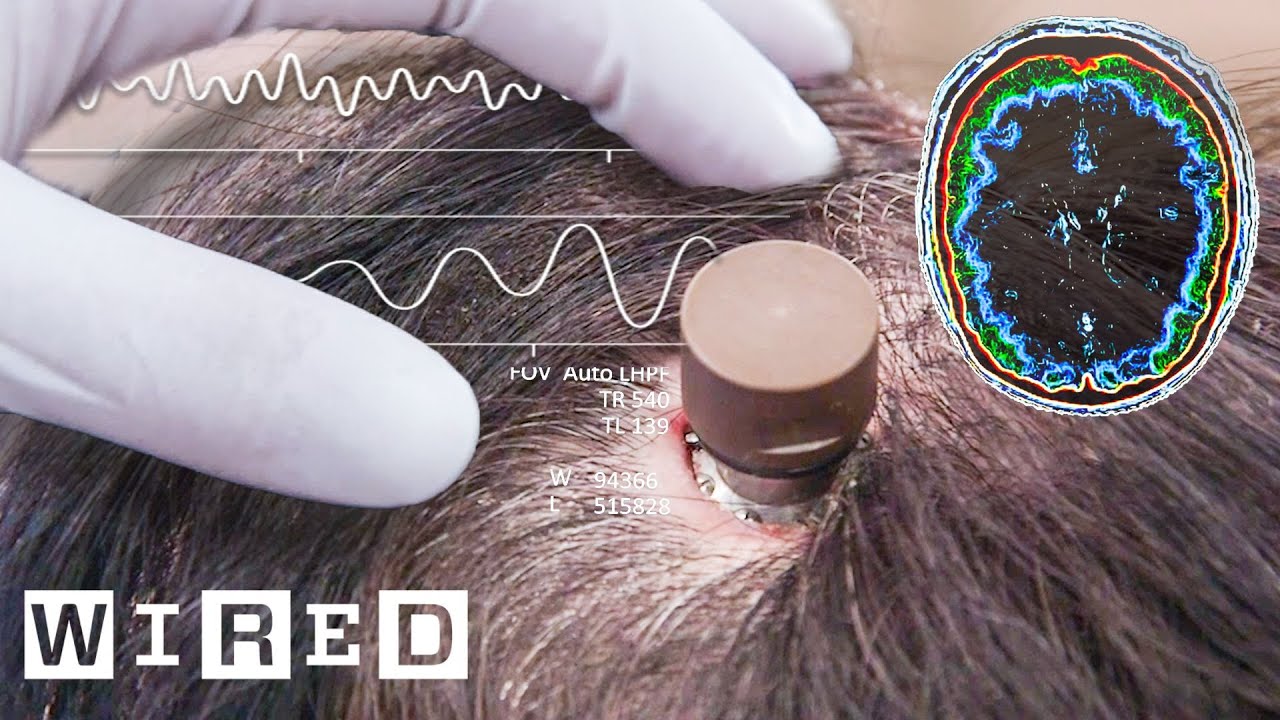The Science Behind Elon Musk’S Neuralink Brain Chip | Wired
Unleash Your Creative Genius with MuseMind: Your AI-Powered Content Creation Copilot. Try now! 🚀
Neuralink, Elon Musk's audacious brain chip venture, has been making headlines with its bold forays into neurotechnology. From testing on monkeys to the imminent human trials, the world is watching with bated breath. But what exactly does this mean for the future of brain implant science? Let's dive into the fascinating world of Neuralink and the revolutionary science behind it.
The Evolution of Brain Implants
Neuralink's journey is a culmination of decades of breakthroughs in brain-machine interfaces. As Dr. Paul Nuyujukian, a prominent figure in the field, explains, academic research in brain implants has primarily relied on wired connections. However, Neuralink's N1 device changes the game by being fully implantable, battery-powered, and wireless, communicating over Bluetooth protocol.
Decoding the Brain's Symphony
At the core of Neuralink's innovation lies neuroelectrophysiological recording, a technique akin to measuring the energy from a battery. Neurons fire in patterns when we perform actions, like moving an arm. By intercepting these neural symphonies, Neuralink can predict the intended movements, bridging the gap between thought and action.
The Brain-Machine Interface Timeline
To appreciate Neuralink's significance, we must trace the evolution of brain-machine interfaces. In 2002, real-time cursor control was demonstrated in monkeys. Fast forward to 2017, and humans were mentally typing out sentences. These milestones paved the way for Neuralink's game-changing approach. In 2019, Neuralink unveiled a wireless implant in a pig, monitoring about a thousand neurons. Overnight, the industry took notice. In 2021, Neuralink showcased a monkey controlling a cursor with their device, signaling their readiness for human trials.
The Surgical Odyssey
Implanting the N1 device is no small feat—it's neurosurgery at its finest. The process involves cutting the skin, drilling into the skull, exposing the brain's protective layer, and implanting electrodes. The risks include infection, bleeding, and tissue damage. The journey towards a seamless brain-machine interface is not without its challenges.
Navigating the FDA Maze
For Neuralink, regulatory approval is the holy grail. Their devices fall under Class III medical devices, the highest level of scrutiny by the FDA. With no precedent for approval, Neuralink must compile exhaustive evidence from animal studies to prove safety and efficacy. Once submitted, the FDA has 90 days to review and make a decision. If approved, the door opens for human clinical trials.
A Paradigm Shift in the Making
We stand at the brink of a transformative paradigm shift. Neuralink's technology has the potential to revolutionize treatments for a spectrum of brain-related conditions, from stroke and paralysis to neurodegenerative diseases and even psychiatric disorders. The birth of an industry around neuroengineering and brain-machine interfaces represents a momentous validation for neuroscientists and engineers who have toiled in this field for decades.
The Future of Cyborg Humans?
While science fiction tantalizes us with visions of cyborg humans boasting superhuman intelligence, the reality is that we are in the infancy of this technology. The focus remains on deciphering neural signals to control basic motor functions. The prospect of full-blown cyborgs remains a distant dream, making it a fantastic subject for speculation but not a foreseeable future.
In conclusion, Neuralink's journey is a testament to human ingenuity and the unquenchable thirst for knowledge. The fusion of technology and the human mind promises a brighter future for those afflicted by neurological conditions. As we tread cautiously into this uncharted territory, the potential for groundbreaking discoveries and innovations is boundless. With Neuralink and its ilk leading the charge, we may witness the birth of an industry that will redefine our understanding of the human mind. The future is exciting, and it's all happening within the realm of Neuralink's brain-chip revolution.

Related Recaps
- The Dan Le Batard Show with Stugotz: LIVE @ 10:30 AM EST | 03/28/2023
- Must-Have Parenting Hacks and Gadgets by Harley Quinn | Testing 24 Weird TikTok Gadgets for Parents
- Tapper presses House Speaker Mike Johnson on border policy
- Vlad and Niki Fun Adventure Challenges for kids
- Rajendra Prasad Fun With Anchor Suma About Mango At AMS Movie PRE Release Event | TFPC